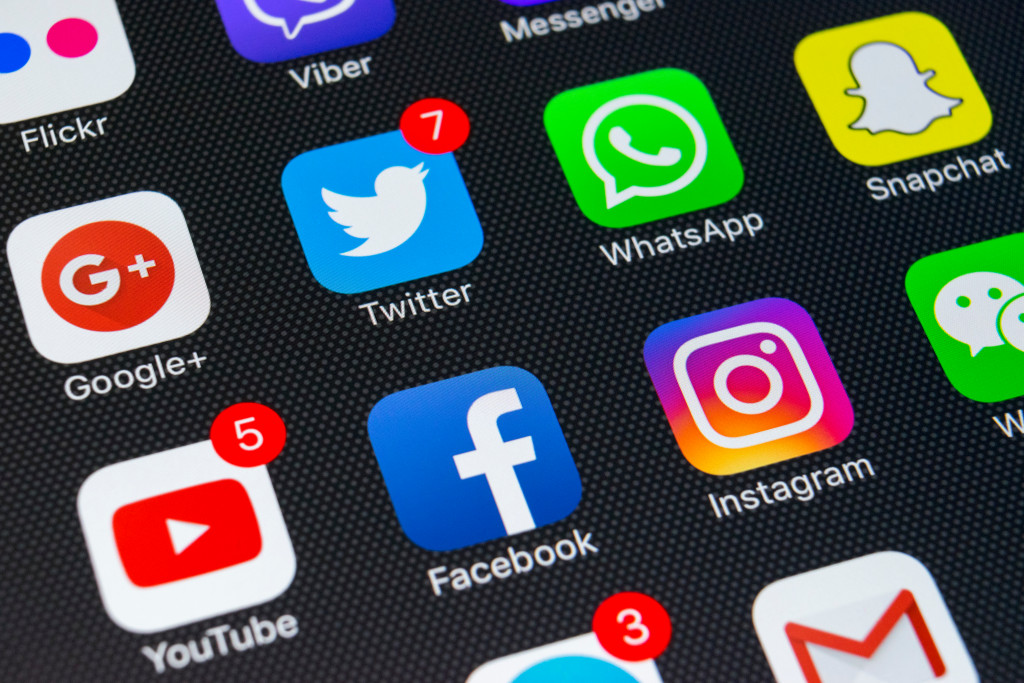Although often associated with the lifestyle of yogis, the teachings of mindfulness and positivity have become prevalent in the current culture well beyond the practitioners of yoga and meditation. It’s in political discourses. It’s in discussions about fashion and beauty. It’s part of the daily feed in our social media. Society has become wary of toxic stories.
For this reason, the world of marketing has also evolved. Messages are carefully crafted to communicate positive ideas about brands and products. But what makes messages positive? Are they simply about happy people, happy circumstances, where everything is idealized? Positive messaging can be done in different ways.
The element of hope
It denies reality if you show good things. However, in positive messaging, there is always hope. For example, vices are common, even normalized by society. But instead of showing the despair people feel towards addiction to these vices, you show a situation where a person has recovered from addiction.
Applied to advertising, these are the narratives where the characters experience transformation from a bad situation into a better scenario after using a product. It’s quite common since it’s easy to develop a storyline depicting a product in a transformative role.
Appealing to empathy instead of instilling fear
This one is not as common as the previous element. Many advertisers think it’s easier to convince people to buy a product if it would help them avoid something bad. Let’s take the brake fluid as an example of a product to be advertised. The old way of selling it will threaten the audience with crashing and possible death if their brakes don’t work properly. Safety gears have been selling their products this way for a long time.
How do you change it to a message of empathy? Empathy in this scenario would mean thinking about the safety of the community beyond the self. So the narrative could show a driver who’s showing responsibility by carefully driving and using effective brake fluid to make sure no accidents happen.
The use of fear is more blatantly manipulative compared to other subtle means of convincing. The audience might detest the feeling of being threatened, like being cornered and forced to buy a product.
Finding the silver lining in sob stories
Sob stories had been popular because they leave a strong emotion in the audience. However, the feeling that it leaves is not good. So rather than encouraging the person to buy the product, the impression left in the brain is the link between the product and sadness. And the sadness that your audience would feel is not the same as the sadness that prompts therapy shopping. It’s a feeling particularly directed towards your brand or your product.

Sometimes, using sob stories are mistaken as eliciting empathy. But what it’s really aiming for is sympathy. Unless you’re a charity institution, people won’t want to buy a product just because they feel sympathetic towards it. Even in social enterprises, although it is a trend to share the story of the producers, a sustainable marketing strategy is focused on the effectiveness of the product.
Proposing solutions instead of ending at criticism
This narrative is not common among commercial advertisements. This is best suited for political ads. Instead of the toxic criticism of what’s wrong with the system, society, or how things are done, a positive message would focus on what could be done to improve the situation.
When applied to commercial ads, this would sound similar to the narratives of hope. The pre-transformation scenario here, though, does not simply show something bad, but it’s a critique on how something is done or handled. As a simple example, we could take selling a juicer as an example. The method of manually extracting the juice from the fruit could be depicted as laborious and takes too much time. The juicer is now the solution to this wrong or inefficient way of extraction.
Not promoting comparisons
It’s not saying that the product can do better than another. It doesn’t use another product as a basis to promote itself. It’s also not promoting competition where there’s a winner, but there would also be a loser. What it wants is to communicate a situation where everyone is a winner. Instead of pointing out what is bad about other brands, it highlights what the product could do.
When you pick what kind of positive messaging you wish to convey, keep in mind that your narrative has to fit your product. Otherwise, it would be absurd and unconvincing. At the end of the day, you still wish to influence the audience to buy your product or avail of your services.

